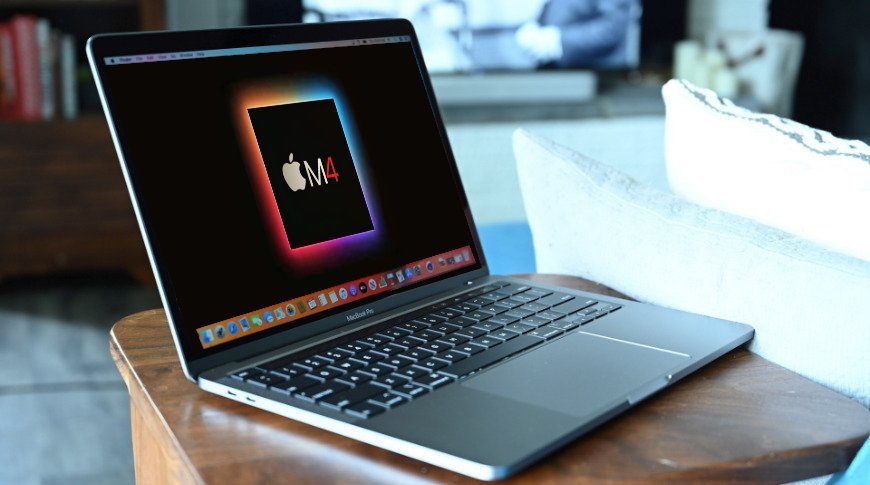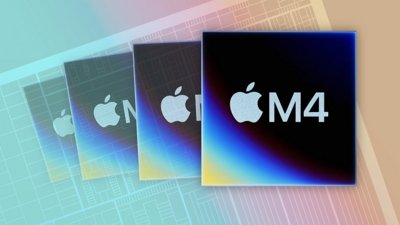Recently discovered developer test logs suggest that Apple is preparing to release a new M4 Mac a month after the iPhone 16 event.
As we move into the second half of 2024, many Apple fans are preparing for the highly anticipated iPhone event, where the tech giant will unveil the iPhone 16. However, the iPhone isn't the only thing we can look forward to this year - new Macs are also expected to be released.
Apple has begun testing unreleased Mac models to ensure compatibility with third-party applications, according to developer test logs seen by Bloomberg. The Macs being tested have been identified as "16,1," "16,2," "16,3," and "16,10."
Each Mac is a base-level version of a machine equipped with an M4 chip. Of the four, three have 10 total cores in their CPUs, while one lower-end has eight cores. The 10-core CPUs tested also have 10-core graphics processing units, while the eight-core CPU has an eight-core GPU. All models being tested have either 16 or 32 gigabytes of memory.
This would suggest that the models being tested are likely a new MacBook Pro lineup. As they are being tested, it would make sense to see a new M4 MacBook Pro line as early as October.
An October launch would also align Apple's previous months-long gap between the base M-series chip and the Pro and Max releases in the M1 and M2 generations. The October 2023 update saw all three chip tiers introduced simultaneously and in the MacBook Air lineup.
While there's no concrete way to tell when Apple is going to launch a product, it's likely that we'll see the MacBook Pro and Mac mini lines updated first. The iMac could also see a refresh this fall, but we anticipate the MacBook Air will need to wait until spring of 2025 before its jump to M4.
 Amber Neely
Amber Neely







-m.jpg)






 William Gallagher
William Gallagher
 Wesley Hilliard
Wesley Hilliard

 Christine McKee
Christine McKee
 Malcolm Owen
Malcolm Owen

 Andrew Orr
Andrew Orr





-m.jpg)




16 Comments
I hope that means the end of 8GB as the base model!
Wait wait wait, does this report say that it's not just moving the base from 8GB to 12GB as speculated, but the entry level is now 16GB? That's great news if that's what it's saying! Hope there aren't 8GB entry-er models hiding out there
8 core M4 instead of the already binned iPad Pro's 9 core is slightly odd, but it's 4+4 instead of 3+6 so probably makes sense from an available power and thermal situation